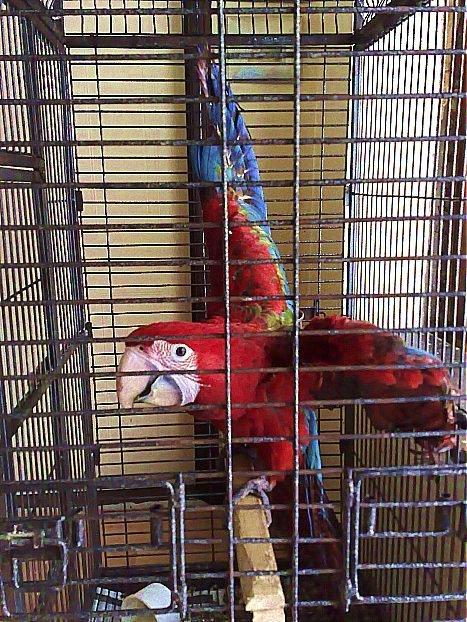Hi All
I keep reading about when or if to assist hatching chicks when it's believed they are in trouble. Its much more difficult to know when to assist if the egg is coloured but for white shelled eggs this is easier. The best piece of equipment is an efficient candler thats like a pen torch ( I use a mains LED as its brighter and it never dims due to low battery power).
Its my opinion that ALL eggs follow a physiological sequence when hatching and the only variables are the times between the key stages - there's a controversial statement

With the use of a candler the owner can determine the following key hatching stages;
1.-Sudden enlargement and drop down of the air cell
2. Positioning of head ready for internal pipping (visible as shadows moving into the air cell)
3.-Internal Pipping (often visible as a shadow of beak in air cell and rythmic movement/twitching which is respiration). Also confirmed by listening for rythmic clicking.
4.-External Pipping which is visible to naked eye but if in doubt candling will show more details of the cracks.
5.- Absorption of yolk sac and blood vessels (seen as receeding vessels and a hollow void space appearing where the navel lies). This is when assistance can take place with the risk of premature assistance being minimal. Often this stage is not achieved until 24-48 hours after pipping.
Once the owner gains more experience then assisting chicks that really are in trouble is likely to meet with sucess

However for those without experience then I would recommend that you leave the egg to hatch unassisted.
Below are the pictures of a Greenwing Macaw that had failed to internally pip being assisted to hatch. It had externally pipped but respiration could not be heard and the supporting vessels were receeding. The membrane was very 'rubbery' and if not assisted to bring the beak through the membrane then the chick would have soon suffocated. It was hand reared and has grown into a healthy baby macaw


CANDLING A NORMAL POSITIONED MACAW EGG. NOTE THE SHADOWS IN THE LARGE AIR CELL AND EXTERNAL PIP.
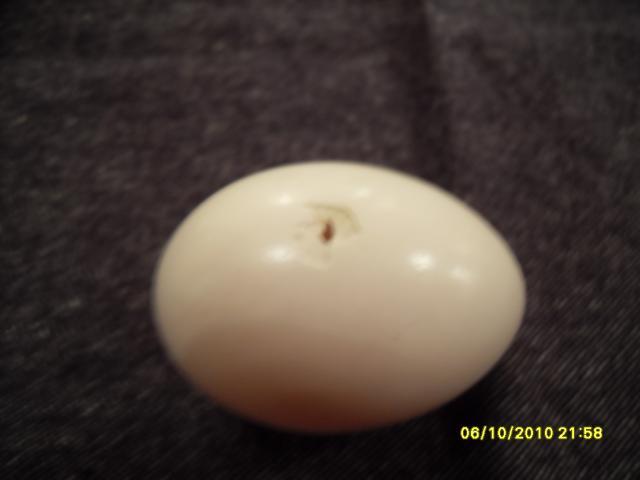
NOTE THE LOW PIP HALF WAY DOWN INDICATING POSITION OF BEAK
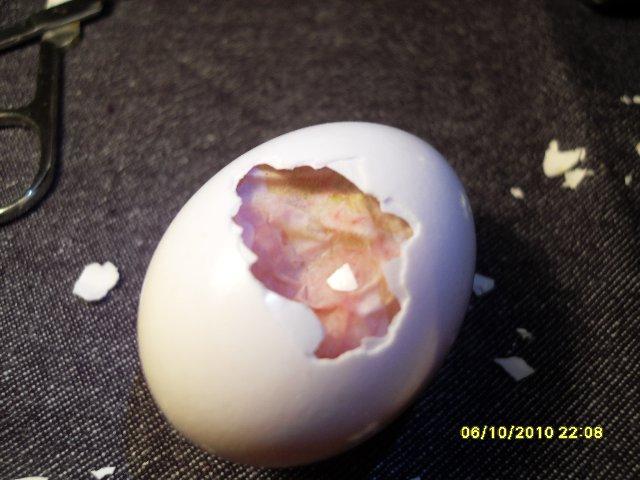
PIP IS OPENED WITHOUT DAMAGING MEMBRANE TO CONFIRM POSITION. THE VESSELS ARE RECEEDING AND THE CHICK HAS NOT PIPPED THE MEMBRANE!

THE MEMBRANE IS OPENED GRADUALLY AND THE BEAK BROUGHT THROUGH TO ESTABLISH BREATHING (ARTIFCIAL INTERNAL PIPPING).
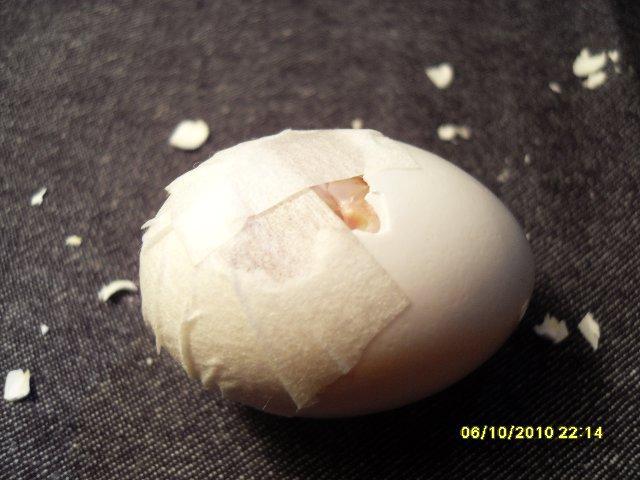
THE CHICK IS NOT READY TO HATCH AND THE EGG RE-SEALED WITH SURGICAL TAPE

36 HOURS LATER AND THE VESSELS HAVE RECEEDED AND THE HEAD IS FREED
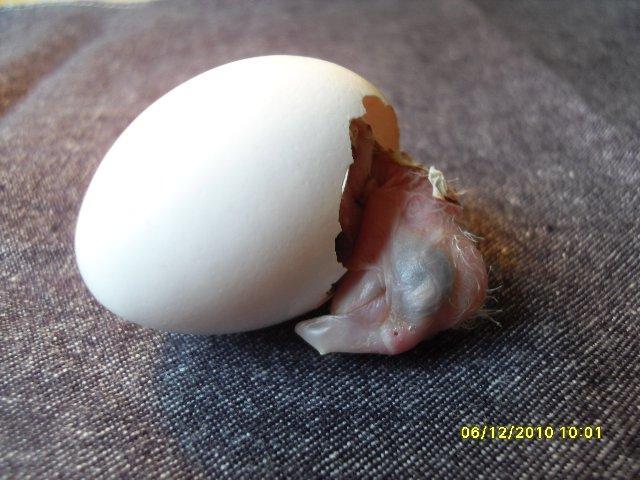
WITH THE HEAD FREED THE CHICK IS LEFT TO REST AND COMPLETE HATCHING


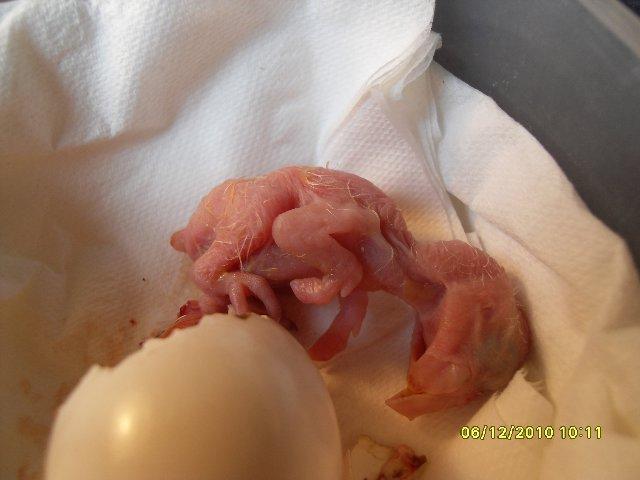
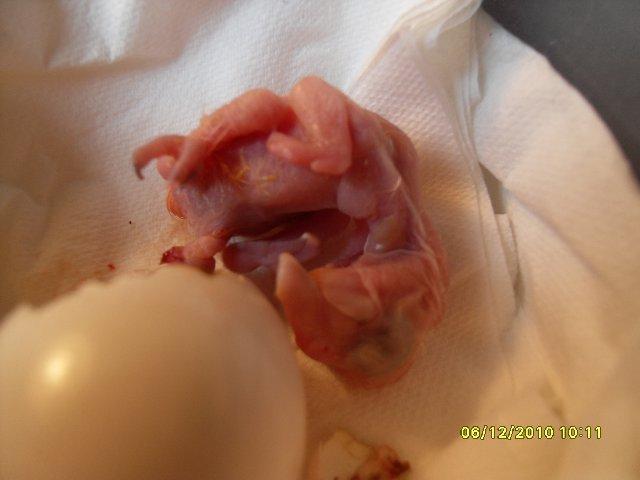
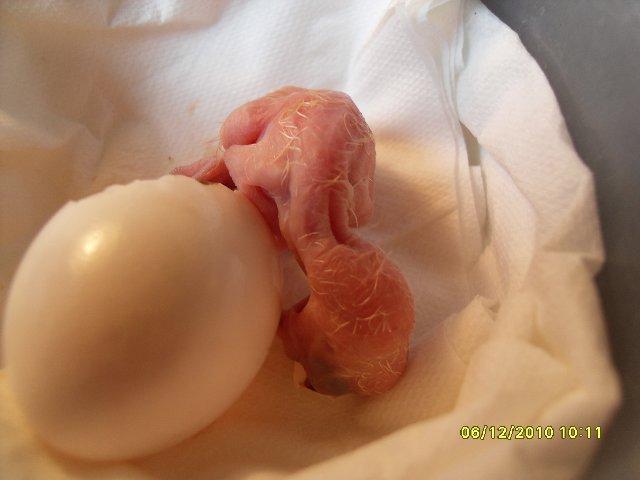
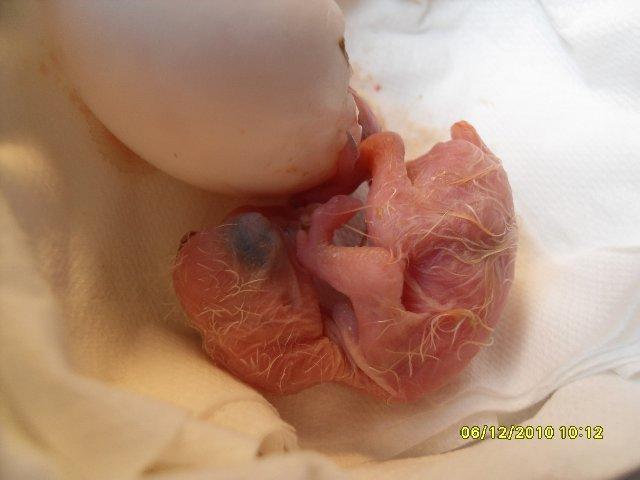
Hope the above is interesting to other forum members

Pete
I keep reading about when or if to assist hatching chicks when it's believed they are in trouble. Its much more difficult to know when to assist if the egg is coloured but for white shelled eggs this is easier. The best piece of equipment is an efficient candler thats like a pen torch ( I use a mains LED as its brighter and it never dims due to low battery power).
Its my opinion that ALL eggs follow a physiological sequence when hatching and the only variables are the times between the key stages - there's a controversial statement

With the use of a candler the owner can determine the following key hatching stages;
1.-Sudden enlargement and drop down of the air cell
2. Positioning of head ready for internal pipping (visible as shadows moving into the air cell)
3.-Internal Pipping (often visible as a shadow of beak in air cell and rythmic movement/twitching which is respiration). Also confirmed by listening for rythmic clicking.
4.-External Pipping which is visible to naked eye but if in doubt candling will show more details of the cracks.
5.- Absorption of yolk sac and blood vessels (seen as receeding vessels and a hollow void space appearing where the navel lies). This is when assistance can take place with the risk of premature assistance being minimal. Often this stage is not achieved until 24-48 hours after pipping.
Once the owner gains more experience then assisting chicks that really are in trouble is likely to meet with sucess

However for those without experience then I would recommend that you leave the egg to hatch unassisted.
Below are the pictures of a Greenwing Macaw that had failed to internally pip being assisted to hatch. It had externally pipped but respiration could not be heard and the supporting vessels were receeding. The membrane was very 'rubbery' and if not assisted to bring the beak through the membrane then the chick would have soon suffocated. It was hand reared and has grown into a healthy baby macaw


CANDLING A NORMAL POSITIONED MACAW EGG. NOTE THE SHADOWS IN THE LARGE AIR CELL AND EXTERNAL PIP.

NOTE THE LOW PIP HALF WAY DOWN INDICATING POSITION OF BEAK

PIP IS OPENED WITHOUT DAMAGING MEMBRANE TO CONFIRM POSITION. THE VESSELS ARE RECEEDING AND THE CHICK HAS NOT PIPPED THE MEMBRANE!

THE MEMBRANE IS OPENED GRADUALLY AND THE BEAK BROUGHT THROUGH TO ESTABLISH BREATHING (ARTIFCIAL INTERNAL PIPPING).

THE CHICK IS NOT READY TO HATCH AND THE EGG RE-SEALED WITH SURGICAL TAPE

36 HOURS LATER AND THE VESSELS HAVE RECEEDED AND THE HEAD IS FREED

WITH THE HEAD FREED THE CHICK IS LEFT TO REST AND COMPLETE HATCHING






Hope the above is interesting to other forum members

Pete
Last edited:


